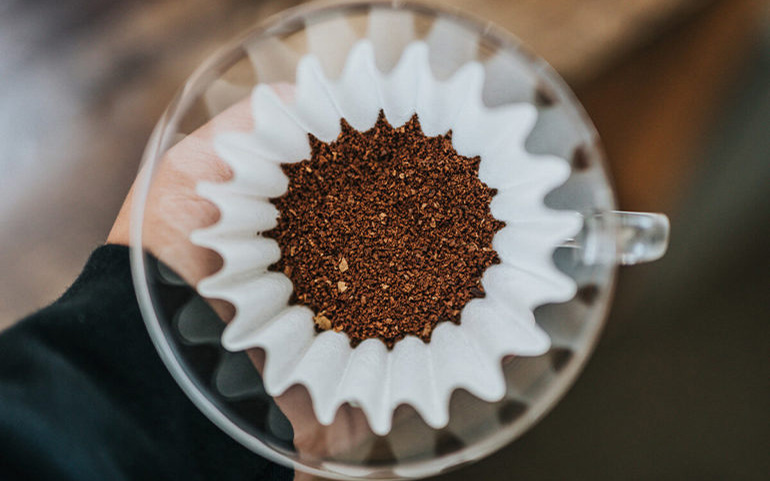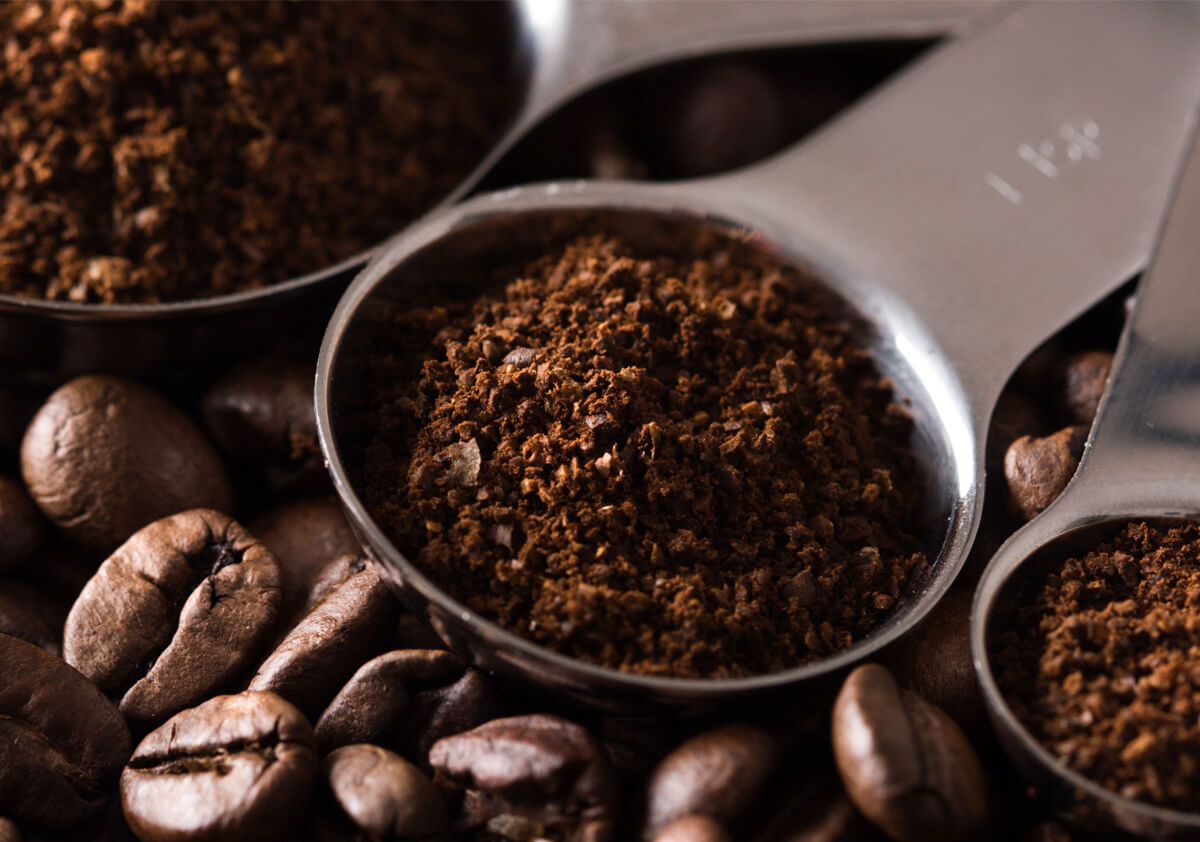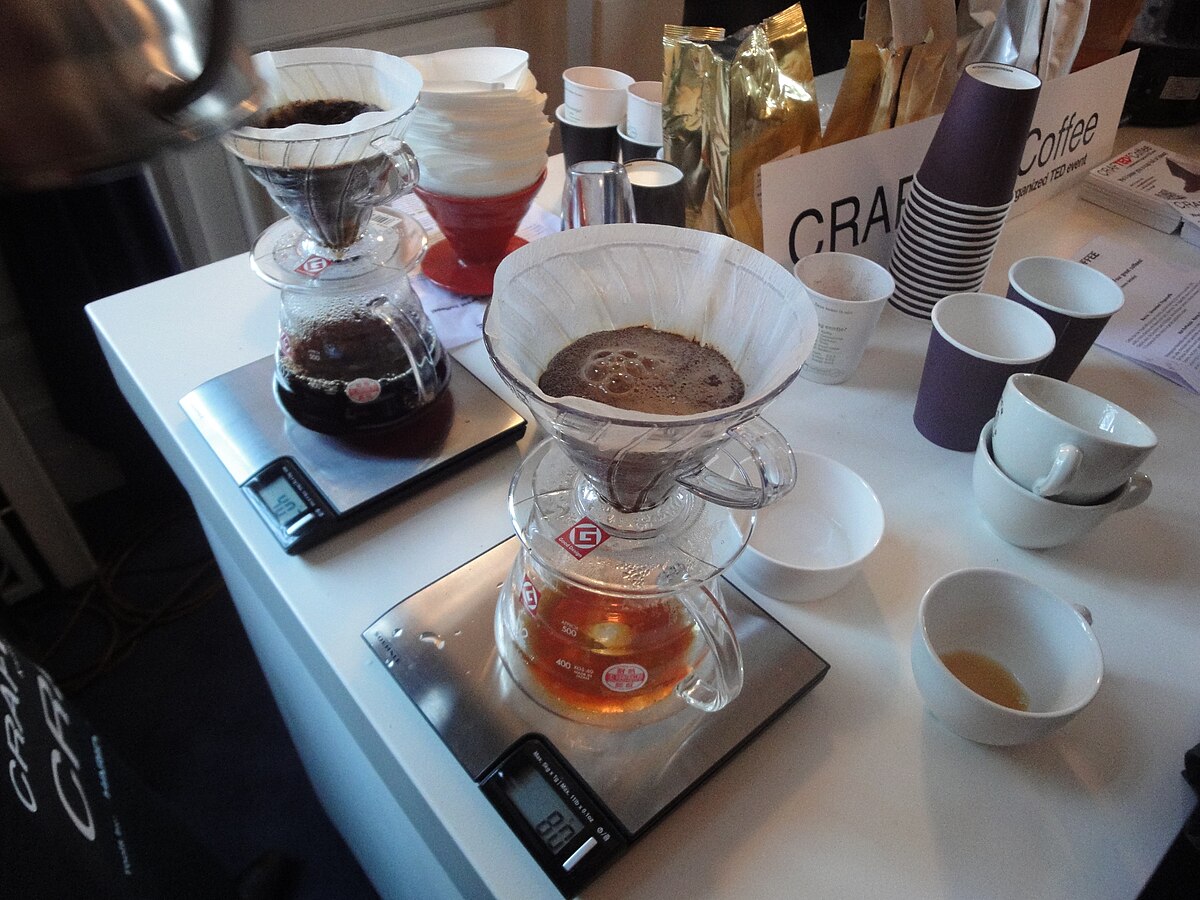Brewing coffee is an art and a science, and understanding how much ground coffee to make 30 cups is essential for anyone looking to serve a crowd. Whether you're hosting a large gathering, preparing for a meeting, or simply stocking up for a caffeine-fueled day, knowing the right amount of coffee to use can make all the difference. In this guide, I'll walk you through the specifics of brewing 30 cups of coffee, providing tips, tricks, and insights along the way. By the end of this article, you'll be equipped with the knowledge to brew the perfect pot of coffee, every time.

Source: www.coffeefriend.co.uk
Understanding Coffee Measurements
Before diving into the specifics, let's establish a basic understanding of coffee measurements. Coffee is typically measured in terms of volume (cups) or weight (grams). For consistency, many coffee aficionados prefer using a scale to measure coffee by weight, as this method accounts for variations in coffee bean density.
Coffee to Water Ratio
The coffee-to-water ratio is crucial for achieving the desired strength and flavor. A common guideline is the "Golden Ratio," which suggests using one to two tablespoons of ground coffee for every six ounces of water. However, personal preferences vary, and adjustments can be made based on taste.
Measuring Coffee for 30 Cups
For 30 cups of coffee, you'll need to consider the size of your coffee maker and the type of coffee you're brewing. Generally, a standard cup of coffee is around 5 to 6 ounces. Therefore, for 30 cups, you'll be brewing approximately 150 to 180 ounces of coffee.
To calculate the amount of coffee needed, use the Golden Ratio as a starting point. For a medium-strength brew, aim for about 1.5 tablespoons of coffee per 6 ounces of water. This means you'll need roughly 45 to 60 tablespoons of ground coffee for 30 cups.
Pro Tip: If you're using a coffee urn or a large coffee maker, check the manufacturer's instructions for specific measurements and guidelines.

Source: www.ebay.com
Types of Coffee and Their Impact on Measurements
Different types of coffee can affect the amount of ground coffee needed. Let's explore a few popular options:
Light Roast vs. Dark Roast
Light roast coffee beans are denser and retain more moisture than dark roast beans. As a result, you might need slightly more light roast coffee to achieve the same strength as a dark roast. A study published in 2023 by Coffee Science Journal found that light roast coffee requires about 10% more coffee by volume compared to dark roast to achieve similar strength.
Specialty Blends
Specialty blends, such as espresso or cold brew, often require different brewing methods and measurements. For example, espresso uses a higher coffee-to-water ratio, typically around 1:2, to create a concentrated shot. Cold brew, on the other hand, uses a coarser grind and a longer steeping time, often requiring a 1:4 coffee-to-water ratio.
Decaf Coffee
Decaf coffee generally follows the same measurement guidelines as regular coffee. However, some people find that decaf coffee can be slightly weaker in flavor, so you may want to experiment with slightly higher coffee-to-water ratios to achieve your desired taste.

Source: www.coffeefriend.co.uk
Brewing Methods for 30 Cups of Coffee
The method you choose to brew 30 cups of coffee can impact the flavor, strength, and overall experience. Here are a few popular brewing methods:
Drip Coffee Maker
A drip coffee maker is a convenient option for brewing large quantities of coffee. Most commercial drip coffee makers have a capacity of 12 to 60 cups, making them ideal for serving a crowd. To brew 30 cups, follow the manufacturer's instructions for water and coffee measurements, adjusting based on your taste preferences.
Key Features:
- Easy to use and clean
- Consistent brewing results
- Programmable settings for convenience
Pros:
- Efficient for large gatherings
- Minimal effort required
- Widely available and affordable
Cons:
- Limited control over brewing variables
- May not achieve the same depth of flavor as other methods
Ideal Users: Perfect for offices, events, and large households looking for a hassle-free brewing experience.

Source: www.amazon.com
French Press
The French press is a popular choice for coffee enthusiasts who appreciate a full-bodied and rich flavor. While it may not be the most practical option for brewing 30 cups at once, using multiple French presses can achieve the desired quantity.
Key Features:
- Immersion brewing method
- Produces a rich, full-bodied flavor
- Simple design with no electricity required
Pros:
- Control over brewing time and strength
- No paper filters, preserving coffee oils
- Portable and easy to clean
Cons:
- Requires manual effort
- Limited capacity per press
Ideal Users: Suitable for those who prioritize flavor and are willing to invest extra time and effort in the brewing process.

Source: www.ethicalbean.com
Coffee Urn
A coffee urn is a large, self-contained brewing system designed for serving large groups. Coffee urns can brew anywhere from 20 to 100 cups, making them an excellent choice for events and gatherings.
Key Features:
- Large capacity for brewing and serving
- Built-in heating element to keep coffee warm
- Easy to operate with minimal supervision
Pros:
- Ideal for large gatherings
- Consistent brewing results
- Keeps coffee hot for extended periods
Cons:
- Bulky and requires storage space
- Limited control over brewing variables
Ideal Users: Perfect for catering companies, event planners, and anyone hosting large parties or meetings.

Source: www.amazon.com
Tips for Brewing the Perfect 30 Cups of Coffee
Brewing a large batch of coffee can be daunting, but with a few tips and tricks, you can ensure a delicious and satisfying result.
1. Use Fresh, High-Quality Coffee
The quality of your coffee beans significantly impacts the flavor of your brew. Opt for freshly roasted beans and grind them just before brewing to preserve their aroma and taste.
2. Maintain Consistent Water Temperature
The ideal water temperature for brewing coffee is between 195°F and 205°F. Ensure your coffee maker or urn maintains this temperature range for optimal extraction.
3. Pre-Wet Coffee Grounds
Pre-wetting or "blooming" the coffee grounds helps release trapped gases and enhances flavor extraction. Pour a small amount of hot water over the grounds and let them sit for 30 seconds before continuing the brewing process.
4. Avoid Over-Extraction
Over-extraction can result in bitter coffee. To prevent this, ensure you're using the correct coffee-to-water ratio and avoid letting the coffee sit on a hot plate for too long.
5. Experiment with Ratios
Taste preferences vary, so don't be afraid to experiment with different coffee-to-water ratios until you find the perfect balance for your palate.

Source: www.ebay.com
Common Problems and Misconceptions
Problem: Weak or Watery Coffee
Solution: Check your coffee-to-water ratio and ensure you're using enough coffee grounds. Consider using a finer grind for a stronger brew.
Problem: Bitter Coffee
Solution: Bitter coffee is often a result of over-extraction. Reduce the brewing time or use a coarser grind to achieve a smoother flavor.
Problem: Coffee Grounds in the Cup
Solution: Ensure your coffee maker's filter is properly placed and not clogged. If using a French press, press the plunger slowly and evenly to avoid disturbing the grounds.
Misconception: More Coffee = Stronger Brew
Clarification: While using more coffee can increase strength, it's important to maintain the correct coffee-to-water ratio to avoid bitterness and over-extraction.
Misconception: All Coffee Makers Brew the Same
Clarification: Different coffee makers have varying brewing methods and capabilities. Choose a method that aligns with your taste preferences and desired coffee strength.

Source: en.wikipedia.org
Frequently Asked Questions of How Much Ground Coffee to Make 30 Cups
How many scoops of coffee do I need for 30 cups?
For 30 cups, you'll need approximately 45 to 60 tablespoons of ground coffee, depending on your desired strength. This translates to around 22 to 30 standard coffee scoops.
Can I use a regular coffee maker for 30 cups?
Most standard home coffee makers have a capacity of 10 to 12 cups. For 30 cups, consider using a commercial drip coffee maker, coffee urn, or multiple brewing devices.
How do I adjust the coffee-to-water ratio for stronger coffee?
To make stronger coffee, increase the amount of coffee grounds while keeping the water volume constant. Alternatively, use a finer grind to enhance extraction.
Is it necessary to use filtered water for brewing?
Using filtered water can improve the taste of your coffee by removing impurities and minerals that may affect flavor. However, it's not mandatory, and tap water can be used if it tastes good on its own.
Can I prepare coffee in advance for a large event?
Yes, you can prepare coffee in advance and store it in an insulated carafe or coffee urn to keep it hot. Just be mindful of the time, as coffee can become stale if left sitting for too long.
Conclusion
Brewing 30 cups of coffee doesn't have to be a daunting task. By understanding the right coffee-to-water ratio, choosing the appropriate brewing method, and following a few simple tips, you can create a delicious and satisfying pot of coffee for any occasion. Whether you're hosting a party, meeting, or simply need a caffeine boost, the knowledge you've gained here will help you brew with confidence. Remember, the key to great coffee is experimentation and finding the perfect balance that suits your taste. So go ahead, brew that perfect pot, and enjoy the rich aroma and flavor of freshly brewed coffee. For more tips and insights on coffee brewing, consider subscribing to our newsletter or leaving a comment below. Happy brewing!
Watch This Video on How much ground coffee to make 30 cups




